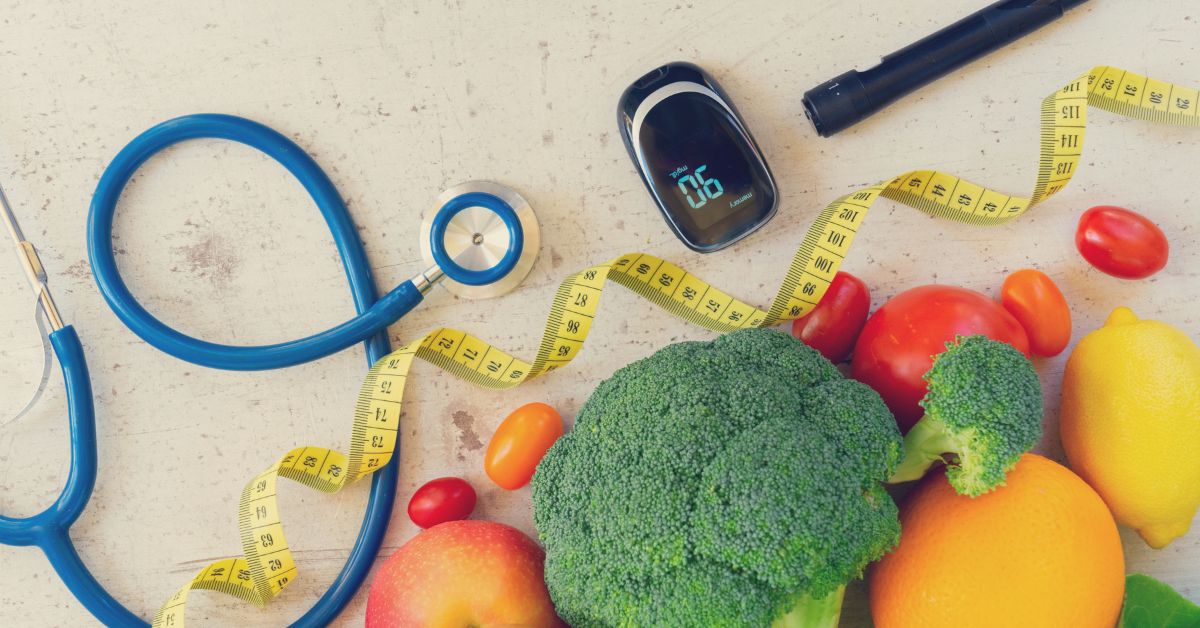It can be challenging to live with pain, particularly if it makes it difficult to carry out regular duties without difficulty. One such cause of discomfort that might disturb daily routine is costochondritis, a disorder marked by inflammation of the cartilage connecting the ribs to the breastbone. The costochondritis-related chest aches can serve as a continual reminder of the restrictions it places on one’s mobility.
Even while costochondritis pain can sometimes be managed naturally, medical intervention is occasionally necessary. Exercise, a tried-and-true treatment for a variety of health issues, can be extremely helpful in easing the pain brought on by costochondritis. This post will explore the world of efficient costochondritis exercises and give you provides advice on how to reduce pain and enhance your quality of life naturally.
What is Costochondritis?
Inflammation of the cartilage that connects the ribs to the sternum, or breastbone, is a symptom of costochondritis. Chest pain brought on by this inflammation may be mildly uncomfortable or acute and stabbing. Although the discomfort may be disconcerting, it’s critical to realize that costochondritis normally does not signal a major underlying medical condition. Instead, it’s a localized issue that can be successfully resolved using a variety of strategies, such as exercise.
Causes of costochondritis
The exact causes of costochondritis are not usually obvious, however, several things might lead to the condition’s occurrence. The disorder can be brought on by trauma, injury, or physical strain to the chest region, such as from a strong cough or repeated motion. Infections have also been associated with illnesses, particularly those in the upper respiratory tract. when costochondritis first appears. Idiopathic costochondritis, which sometimes develops without a known cause, is the result of the disorder.
Pain and Inflammation:
comprehending how inflammation plays a crucial part in the development of costochondritis and the pain it causes is essential to comprehend the condition. The body’s natural response to damage, illness, or discomfort is inflammation. Localized swelling, redness, and pain can result from inflammation of the cartilage that connects the ribs and sternum. The costochondritis-specific chest discomfort is caused by this inflammation.
Inflammation and the pain response are connected. Moving or simply breathing causes the inflamed cartilage to press against the ribs and breastbone, setting off pain receptors there. This is why the discomfort frequently worsens when doing chest-related motions like deep breathing, coughing, or carrying heavy goods. Daily activities become difficult and uncomfortable because of the discomfort, which can range from persistent aching to severe, sudden aches.
Costochondritis Exercises
Exercise is a non-invasive and practical approach to managing costochondritis. Exercise treats the underlying cause of the problem, in contrast to rest and painkillers, which can provide temporary relief. Regular, safe exercise can strengthen the surrounding muscles, increase muscle flexibility, and improve blood circulation.
Exercise has advantages for costochondritis that go beyond the physical realm. People can help their bodies adapt and heal by gradually introducing movements that increase flexibility and strength. Maintaining appropriate posture through exercise can help reduce some of the stress placed on the impacted area.
It’s crucial to remember that the appropriate kind of exercise is key. It is advised to move slowly and deliberately to reduce the danger of aggravating pain. The advice of a healthcare practitioner is essential in choosing the best workout regimen depending on the person’s unique condition and level of fitness.
We’ll examine several exercises intended to effectively treat costochondritis in the section after this one. These exercises adhere to the concepts of safe and progressive progression while attempting to reduce inflammation, improve flexibility, and relieve pain.
Benefits of Exercise for Costochondritis
Improving Blood Circulation and Reducing Inflammation:
Regular exercise plays a crucial role in improving blood circulation throughout the body, including the chest area affected by costochondritis. Improved circulation facilitates the delivery of oxygen and nutrients to the inflamed areas, aiding in the natural healing process. Additionally, exercise can help regulate the inflammatory response in the body, leading to a reduction in localized inflammation. This can ultimately contribute to decreased pain and discomfort associated with costochondritis.
Maintaining Flexibility and Muscle Strength:
Costochondritis can lead to stiffness and reduced flexibility in the chest and ribcage area due to the discomfort and pain associated with movement. Engaging in exercises that focus on maintaining flexibility can help prevent the development of muscle imbalances and postural issues. Moreover, muscle strength is essential for providing support to the affected area and reducing strain on the inflamed cartilage. By incorporating exercises that target the muscles surrounding the chest and ribcage, individuals can improve their overall posture and reduce the risk of additional strain on the affected cartilage.
Alleviating Pain and Discomfort through Targeted Exercises:
Targeted exercises specifically designed for costochondritis can provide significant pain relief and comfort. These exercises are chosen to strengthen the muscles that support the ribcage and chest area while minimizing the impact on the inflamed cartilage. Engaging in these exercises can help stabilize the ribcage, reducing the excessive movement that can exacerbate the condition’s symptoms. Strengthening the muscles around the ribs can also provide better support for the chest wall, which may help alleviate discomfort and pain during movement, breathing, or even coughing.
Incorporating a well-rounded exercise routine that includes a combination of flexibility, strengthening, and targeted exercises can have a positive impact on managing costochondritis symptoms. However, it’s essential to approach exercise with caution and under the guidance of a healthcare professional. Starting slowly and gradually increasing the intensity and frequency of exercises is important to avoid overexertion and potential exacerbation of symptoms.
Remember, every individual’s experience with costochondritis may vary, so it’s crucial to listen to your body and adjust your exercise routine accordingly. If you’re unsure about which exercises are suitable for you or if you experience worsening symptoms, consult a medical professional for personalized guidance and recommendations.
Effective Costochondritis Exercises
A. Chest Stretching Exercises:
- Pectoral Stretch:
- Stand in a doorway, placing your forearms on each side of the doorframe.
- Lean your body forward slightly, feeling a gentle stretch in your chest muscles.
- Hold the stretch for 15-30 seconds, and then release.
- Repeat this stretch 2-3 times on each side.
- Wall Stretch:
- Stand facing a wall, with your arm extended straight at shoulder height.
- Place your hand flat against the wall, and gently turn your body away from the wall to feel a stretch in your chest and shoulders.
- Hold the stretch for 15-30 seconds, and then switch to the other arm.
- Perform this stretch 2-3 times on each side.
B. Gentle Upper Body Strengthening:
- Shoulder Blade Squeezes:
- Sit or stand with your back straight and your arms relaxed at your sides.
- Slowly squeeze your shoulder blades together while keeping your arms relaxed.
- Hold the squeeze for 5-10 seconds, then release.
- Repeat this exercise 10-15 times.
- Arm Raises:
- Sit or stand with proper posture.
- Slowly raise both arms out to the sides at shoulder level, then bring them back down.
- Perform 2-3 sets of 10-15 repetitions.
C. Breathing and Posture Exercises:
- Diaphragmatic Breathing:
- Sit or lie down in a comfortable position.
- Inhale deeply through your nose, allowing your diaphragm to expand as your abdomen rises.
- Exhale slowly through your mouth, letting go of tension.
- Practice this deep breathing technique for 5-10 minutes daily.
- Posture Correction Techniques:
- Sit or stand tall, imagining a string pulling you gently upwards from the crown of your head.
- Roll your shoulders back and down, aligning them with your hips.
- Engage your core muscles to support your spine.
- Practice maintaining this proper posture throughout your day.
D. Flexibility Exercises:
- Neck and Shoulder Stretches:
- Gently tilt your head to the side, bringing your ear towards your shoulder to stretch your neck muscles.
- Place your hand on your head, applying gentle pressure to increase the stretch.
- Hold for 15-30 seconds on each side.
- Torso Rotations:
- Sit on a chair with your feet flat on the ground.
- Slowly twist your upper body to one side while keeping your hips facing forward.
- Hold the stretch for 15-30 seconds, then repeat on the other side.
Important Instructions:
- For each exercise, provide clear and detailed instructions on how to perform the movement with proper form and posture.
- Include images or diagrams alongside the instructions to visually guide readers through each exercise.
- Recommend performing these exercises 3-4 times a week to start.
- Explain how readers can gradually increase the number of repetitions and the intensity of stretches as their comfort and strength improve.
- Additional Tips for Pain Management: Mention using ice or heat therapy as additional method to manage pain and inflammation. Emphasize the importance of maintaining a balanced diet, staying hydrated, and getting enough rest to support overall health.
- When to Seek Professional Help: Explain that while exercises can be beneficial, some cases of costochondritis may require medical intervention. List specific signs and symptoms, such as severe pain, difficulty breathing, or persistent discomfort, that indicate the need to consult a healthcare provider.
Conclusion
It’s important to recognize that individual responses to these exercises may vary. Always be attuned to your body’s signals and adjust your routine as needed. If you experience any concerning symptoms or your discomfort persists, don’t hesitate to seek guidance from a healthcare professional.
Your health is most important, and consulting a professional is an essential first step on the road to recovery. Let this thorough guide serve as your go-to source for managing costochondritis naturally as we come to a close. Accept the power of exercise, pay attention to your body, and keep a positive outlook.
You may boost your vitality and improve the quality of your life by taking proactive measures to look after your own health and comfort. Keep in mind that you have the power to design your path and that seeking well-being is a journey well worth pursuing.







